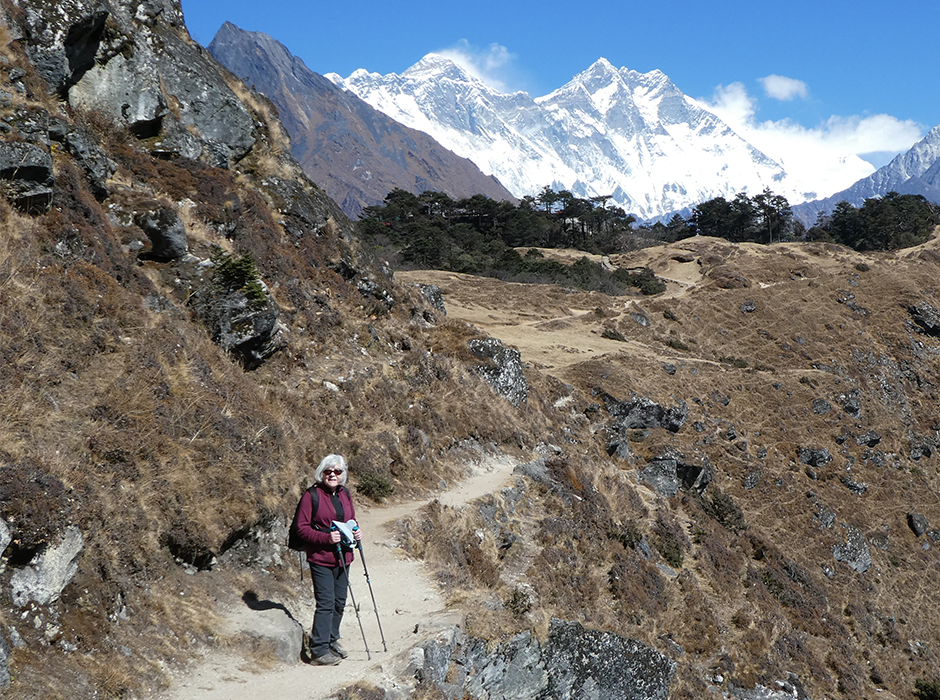
Dr Susan Heydon wants people to be better educated about what pharmacists actually do this International Day of Education, so they can have the knowledge they need to make the best decisions for themselves.
In honour of this year’s International Day of Education (24 January), Dr Susan Heydon is shedding light on the mystery and history of pharmaceuticals in New Zealand.
She wants people to better understand the role of a pharmacist, why this occupation matters and its history in Aotearoa on this day of celebration.
“Being a pharmacist is about helping provide person-centred healthcare,” Dr Heydon says.
“Pharmacists are medicines experts who have two-way conversations with people to help them understand their medicines and healthcare needs and support them to achieve better health outcomes.”
The occupation is often misunderstood, but it’s actually a very rewarding career because medicines are a foundational part of healthcare she says.
For as long as there have been medicines, people have had questions and concerns about them but, for as long as people have been sick, people have also wanted medicines to cure them.
This means that pharmacists have existed for centuries in different forms across the globe even though there have been people who protest the use of certain medications – long-lasting injections being a particular concern to some people because their contents are unable to be removed once in the body.
“Dismissing these fears isn’t productive and every person needs to be equipped with the knowledge around what certain medicines are, their potential side effects, and what they do in the body to help them make the right call for themselves,” she says.
During COVID-19, pharmacists were on the front lines taking medicines to people, like the elderly in isolation, at a time when there was a great need, Dr Heydon says.
“That’s what the profession is all about and, in a sense, that’s what it’s always been about.”
Pharmacists have needed to be registered in New Zealand since the 1880s and originally learnt their skills through apprenticeships until the mid-20th century when antibiotics and the discovery of other new medicines brought about a medicine revolution.
This revolution also led to pharmaceutical companies making drugs rather than the pharmacists themselves, and so the profession evolved to pharmacists providing counsel on what was in medications, how they interacted together, and what people should or shouldn’t take, she says.
Then, in the 1960s, the University of Otago graduated its first three pharmacists but, in the post WW2 climate, the government had wanted to expand technical education and so most pharmacists were also getting trained at a technical institute.
This dual system lasted until the end of the ’80s when the technical and academic training paths were merged and all pharmacists in New Zealand were required to have a degree from the University of Otago.
“The profession has come a long way since then but remains very rewarding and important - I hope more people can learn about what pharmacists actually do and the care they have for fellow kiwis.”
Dr Heydon completed her Bachelor of History in London and has a diploma in the history of medicine from the Worshipful Society of Apothecaries in England. She has undertaken extensive medical history and healthcare research in Nepal and New Zealand.
Along the way, while holidaying in Africa, she met her husband Dr John Heydon and together they have three children all of whom are doctors.
~ Kōrero from the Division of Health Sciences Communications Adviser, Kelsey Schutte.